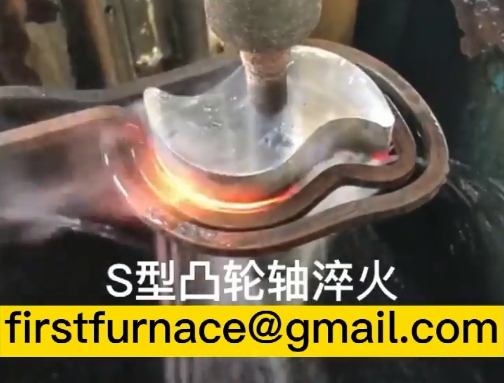- 06
- Dec
How to carburize and heat treat camshafts?
How to carburize and heat treat camshafts?
1. Direct quenching after carburizing has the advantages of high production efficiency, low cost, and oxidative decarburization. However, due to the high carburizing temperature, the austenite grains grow, the martensite is coarser after quenching, and the retained austenite There are also more bodies, so wear resistance and toughness are poor. Only suitable for intrinsically fine-grained steel and parts with low wear resistance requirements or low load-bearing parts
2. One-time quenching is after carburizing is slowly cooled, and then reheated to a temperature above the critical temperature and then quenched. Compared with direct quenching, one-time quenching can refine the steel structure to a certain extent. When the requirements of the core structure are high, the heating temperature of a quenching is slightly higher than Ac3. For parts that are not heavily loaded but have higher wear resistance and higher hardness performance requirements on the surface. The quenching temperature should be 30℃~50℃ above Ac1, so that the surface layer grains will be refined, but the core structure will not be greatly improved, and the performance will be slightly worse.
3. Secondary quenching For steel with high mechanical properties or essentially coarse grained steel, secondary quenching should be used. The purpose of the first quenching is to improve the core structure, and the heating temperature is 30℃~50℃ above Ac3. The purpose of the second quenching is to refine the surface layer structure to obtain fine martensite and uniformly distributed granular secondary cementite. The heating temperature is 30℃~50℃ above Ac1.
https://songdaokeji.cn/14033.html
https://songdaokeji.cn/14035.html
https://songdaokeji.cn/14037.html

